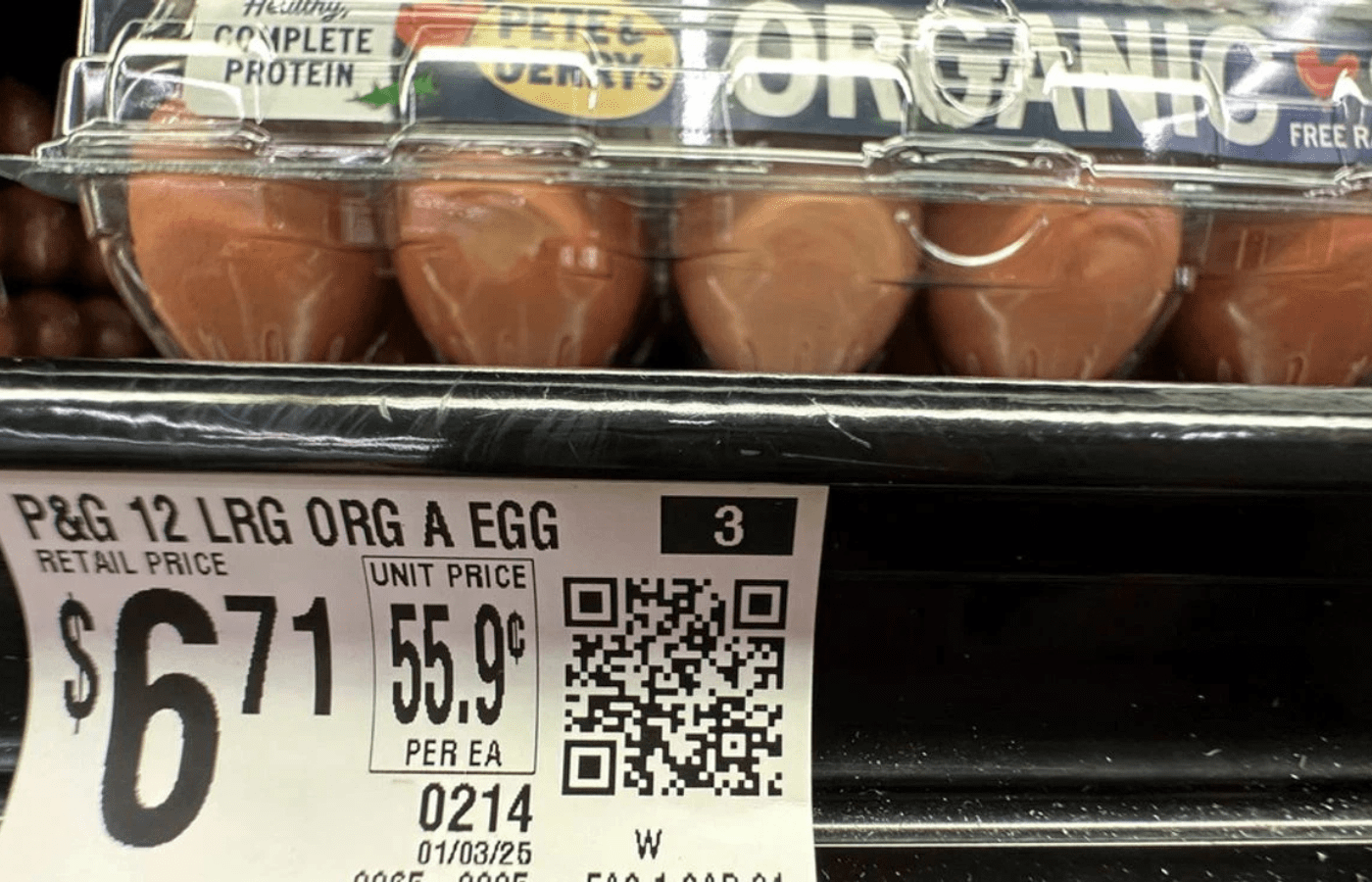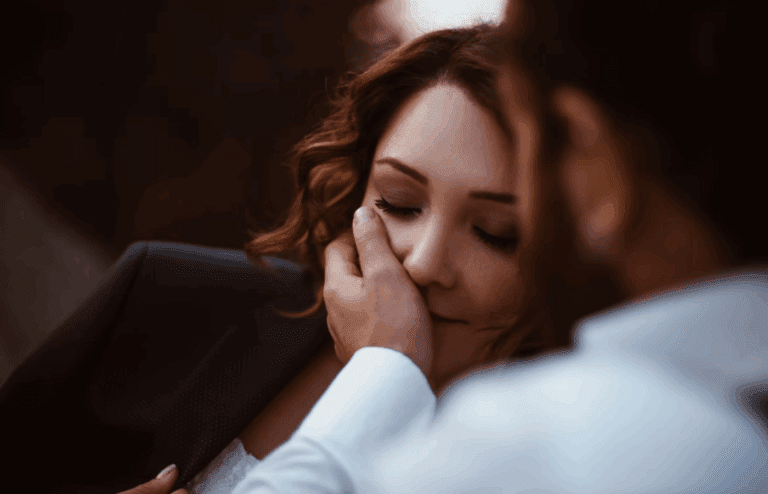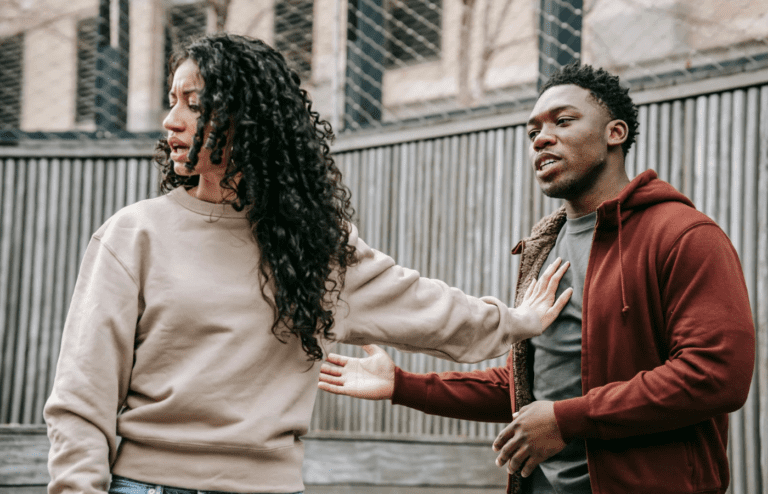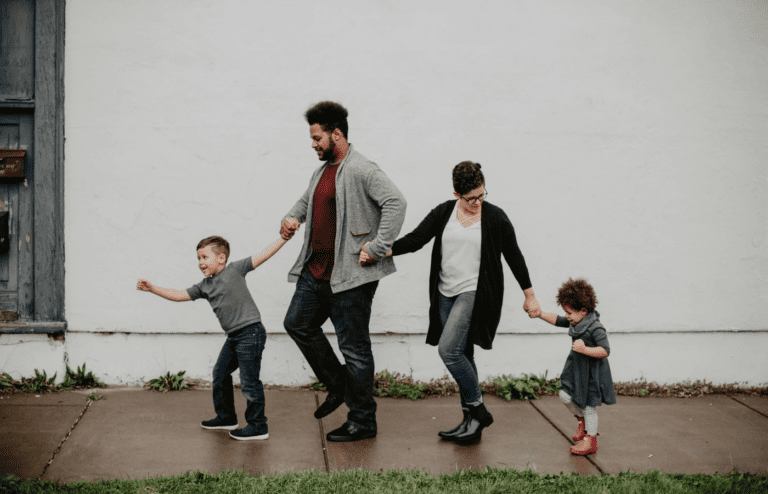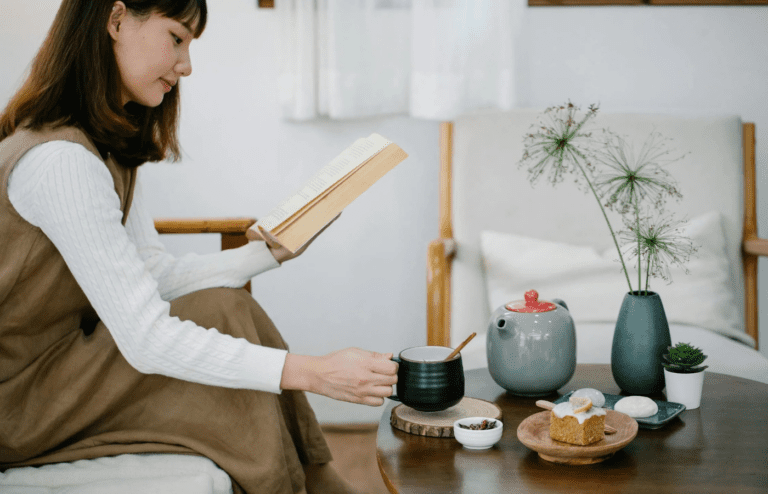Ever walked into a store for one thing and left with ten? That’s not by accident. Retailers are experts in psychology, and they’ve mastered subtle (and not-so-subtle) ways to get you to open your wallet.
Here are 20 clever tricks stores use to boost your bill, often without you even realizing it. These psychological tactics are so subtle, you’ll often feel like spending more was your idea.
1. Decoy Pricing

Retailers place an overpriced “premium” item next to a mid-range option to make the latter seem like a deal, even if it’s not. It’s a classic trick to guide your choice while making you feel smart for “saving.”
2. Eye-Level Product Placement
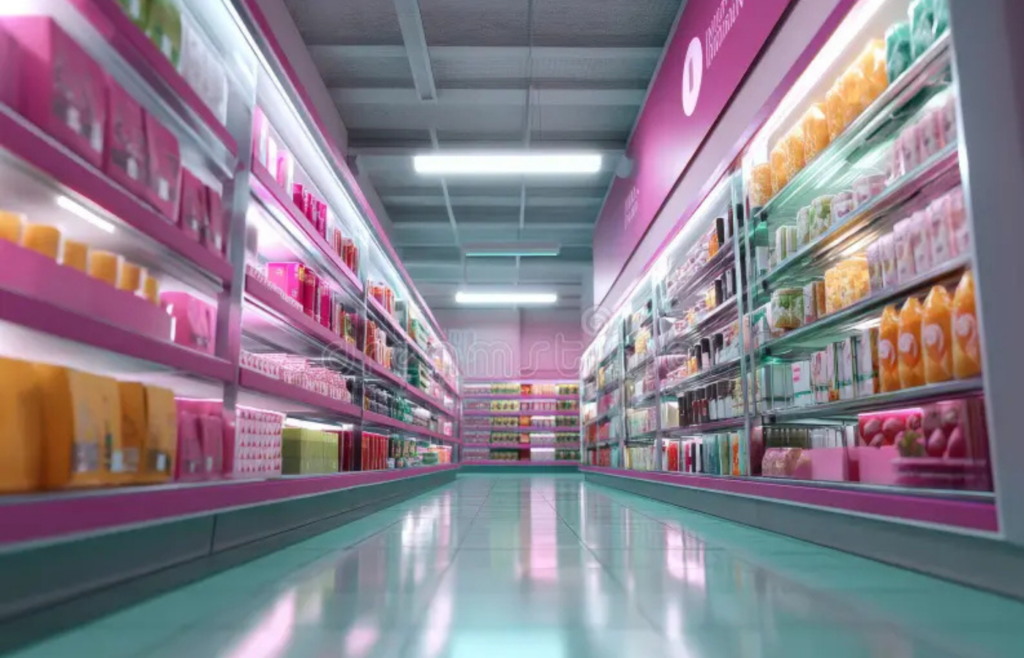
The most profitable products go right where your eyes naturally land. Generic or budget items are tucked low or high.
3. “Buy One, Get One 50% Off”
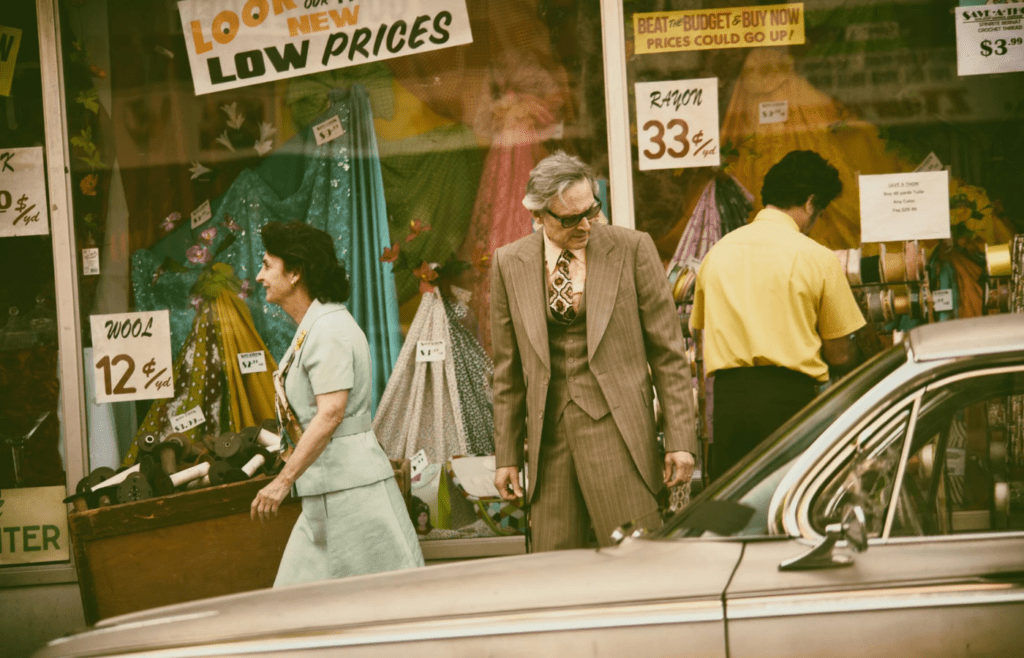
This classic promo makes you feel like you’re saving, but it only works if you were planning to buy two in the first place. It nudges you to spend more by dangling a “deal” you weren’t chasing.
4. Store Layout Maze
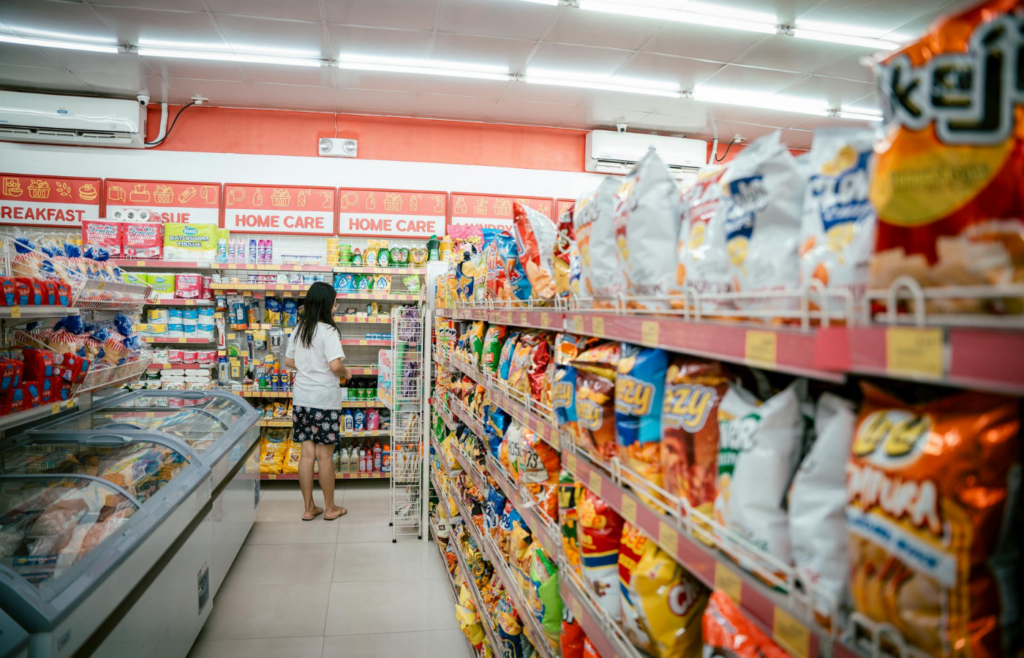
Stores are designed to lead you past as many products as possible, like IKEA’s winding layout that takes you through every department. This layout is engineered to increase “dwell time,” which raises the chance of extra purchases.
5. Shopping Cart Size
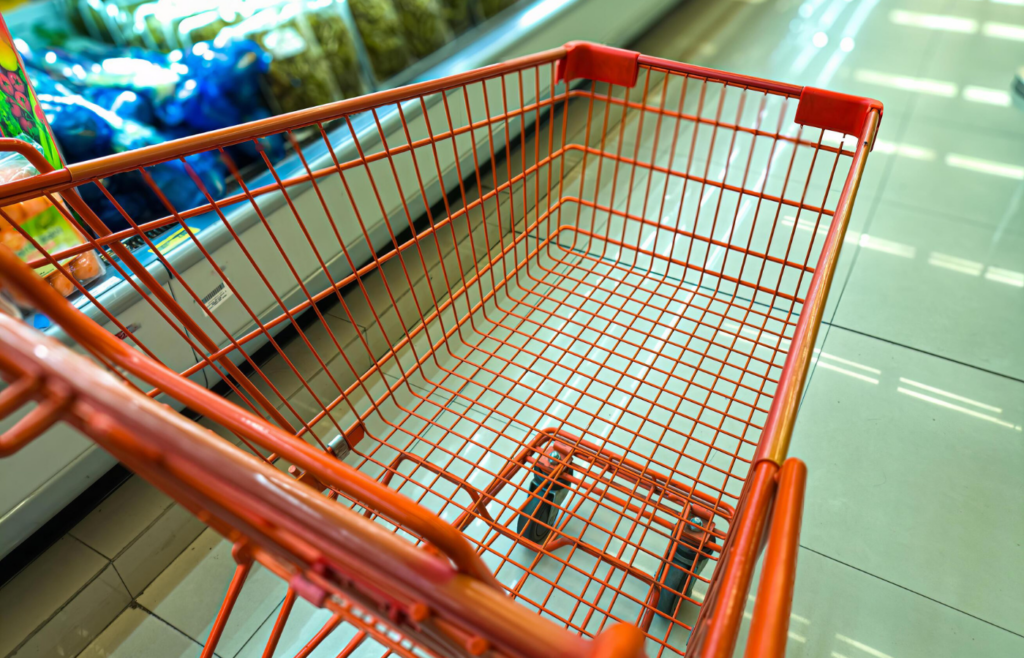
Larger carts make purchases look small in comparison, tricking you into thinking you haven’t grabbed enough. Adding just one more item can visually make it seem like you’re still under budget.
6. Limited-Time Offers

Urgency makes you act fast. Flash sales, one-day deals, and “ending soon” signs are designed to rush your decision-making.
7. Loyalty Cards That Reward Spending

You earn points or rewards, but only if you keep spending. The structure encourages repeat purchases that may not be necessary.
8. Loss Leaders
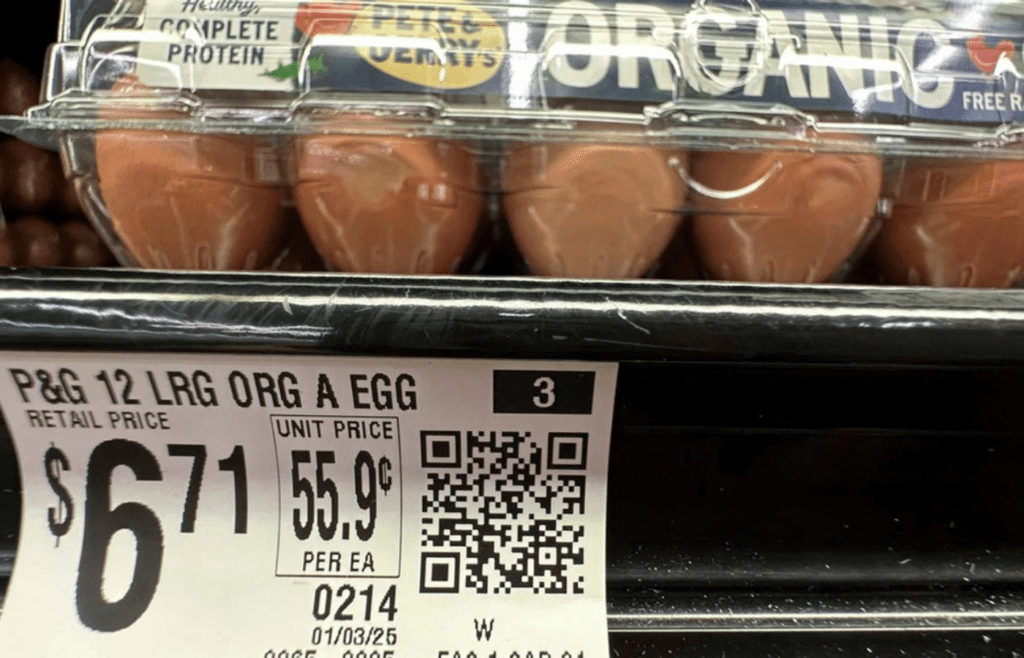
Stores advertise a few super-cheap items to get you in the door, hoping you’ll pick up pricier goods while you’re there. Once inside, your attention shifts to products that aren’t on sale—but still end up in your cart.
9. Free Samples
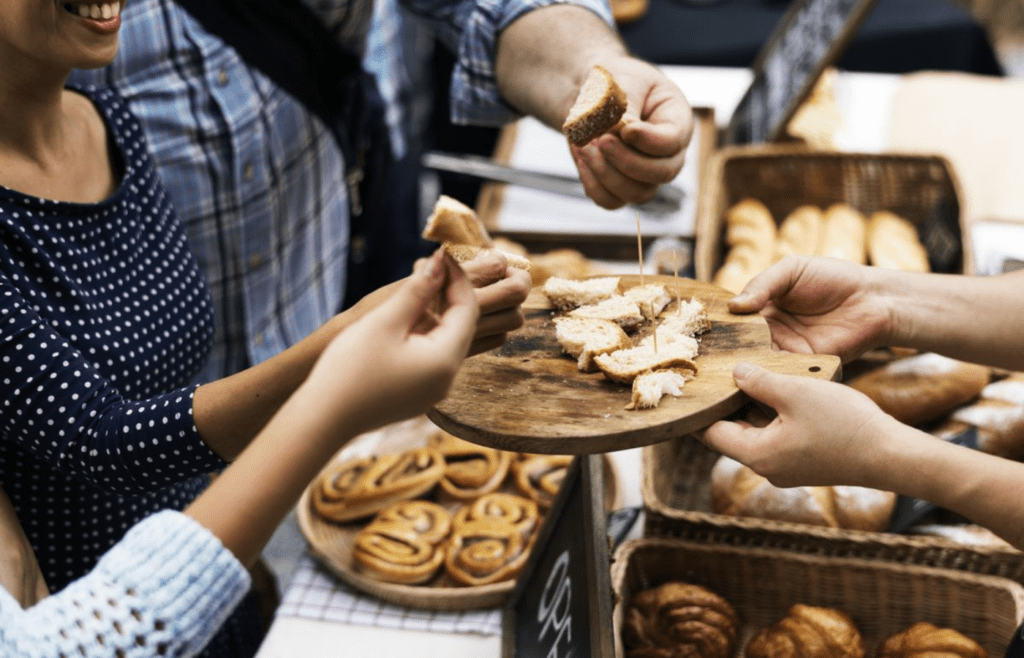
Tasting something makes you more likely to buy it, even if it wasn’t on your list. It builds a quick emotional connection with the product through experience.
10. Background Music and Scent
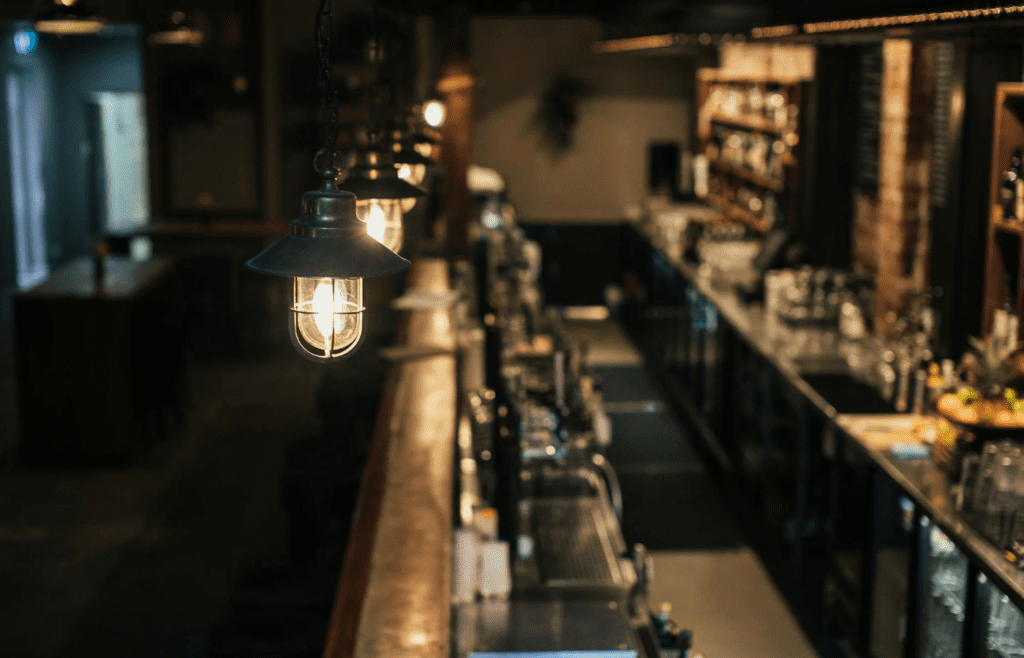
Soft lighting, music, and subtle scents slow you down, encouraging you to linger and spend more. The longer you stay, the higher the odds you’ll make unplanned purchases.
11. “99” Pricing
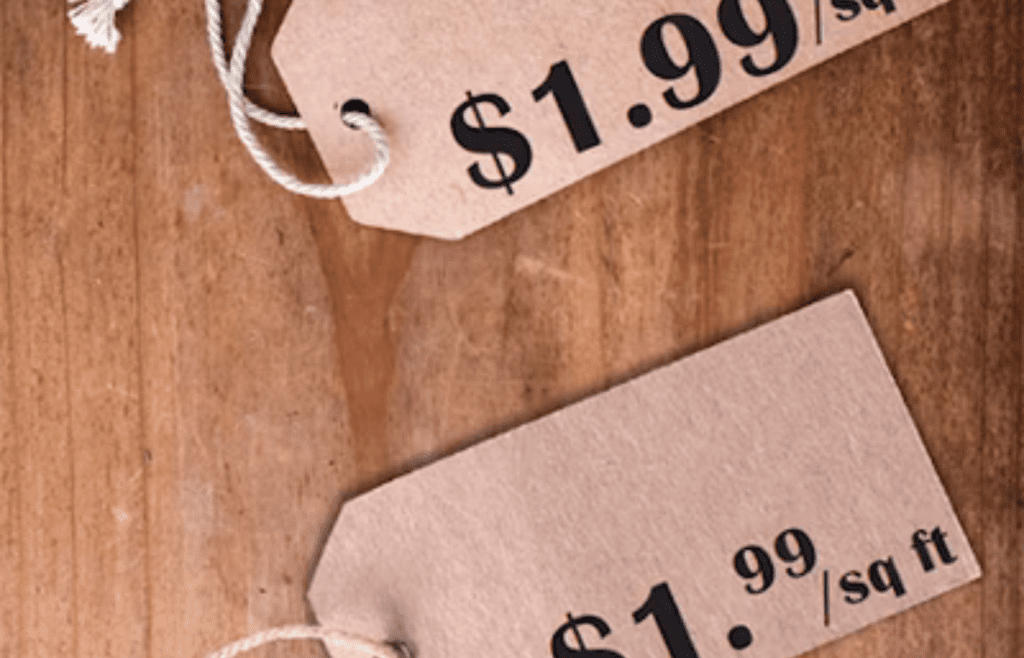
$9.99 feels cheaper than $10, even though it’s just a penny’s difference. Your brain reads the leftmost number first.
12. Impulse Buys at the Checkout
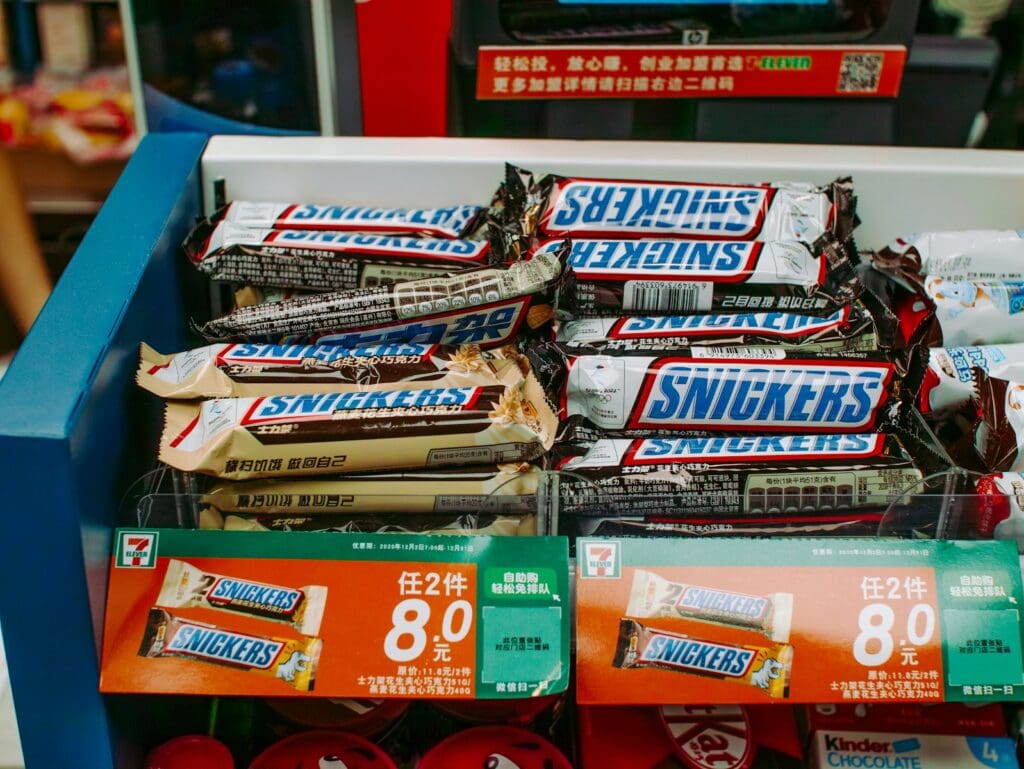
These items are placed there on purpose—while you wait, you’re more likely to toss one in “just in case.” It capitalizes on your bored brain and last-minute indecision.
13. Suggestive Product Pairing
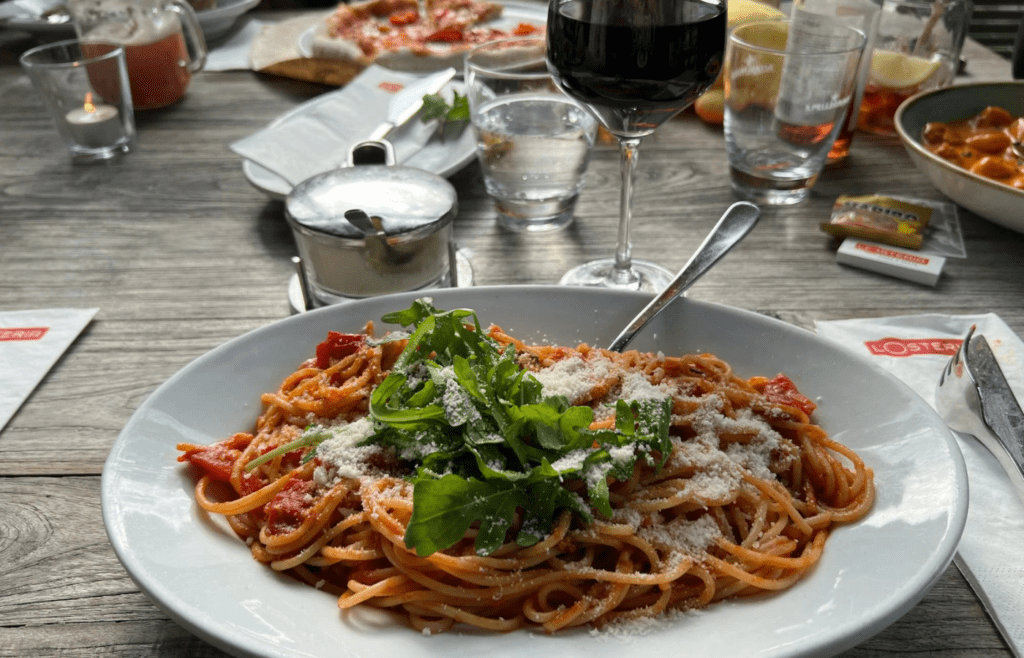
By grouping related items, stores make buying things in sets easier (and more tempting). You weren’t thinking about garlic bread—until it was next to your pasta.
14. “As Low As” Pricing
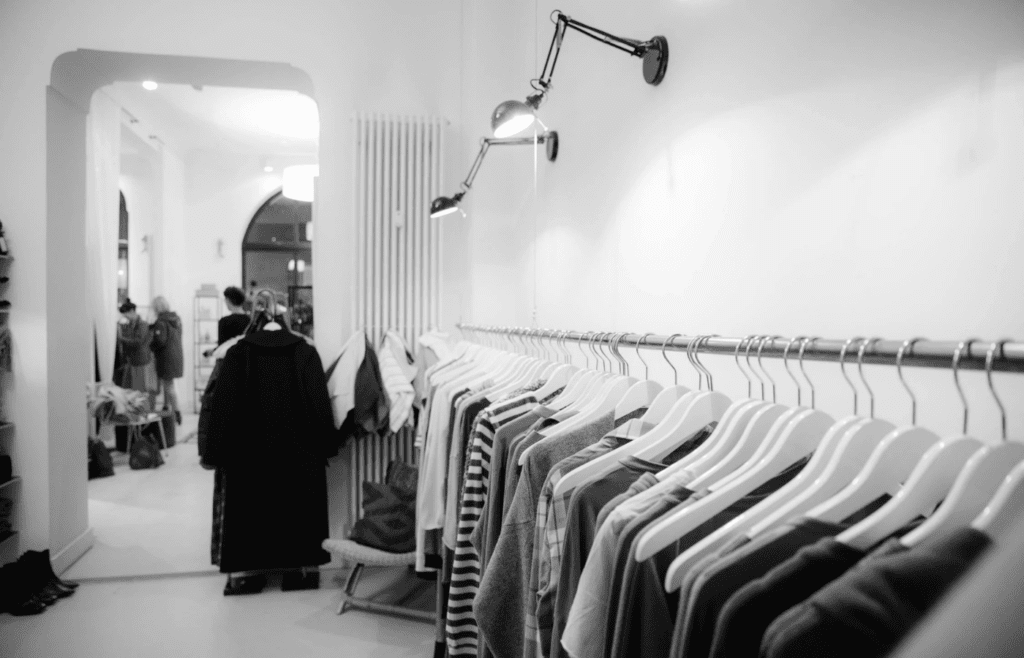
That sign lures you in, but only a few items are cheap. Most cost more.
15. Upselling at Checkout
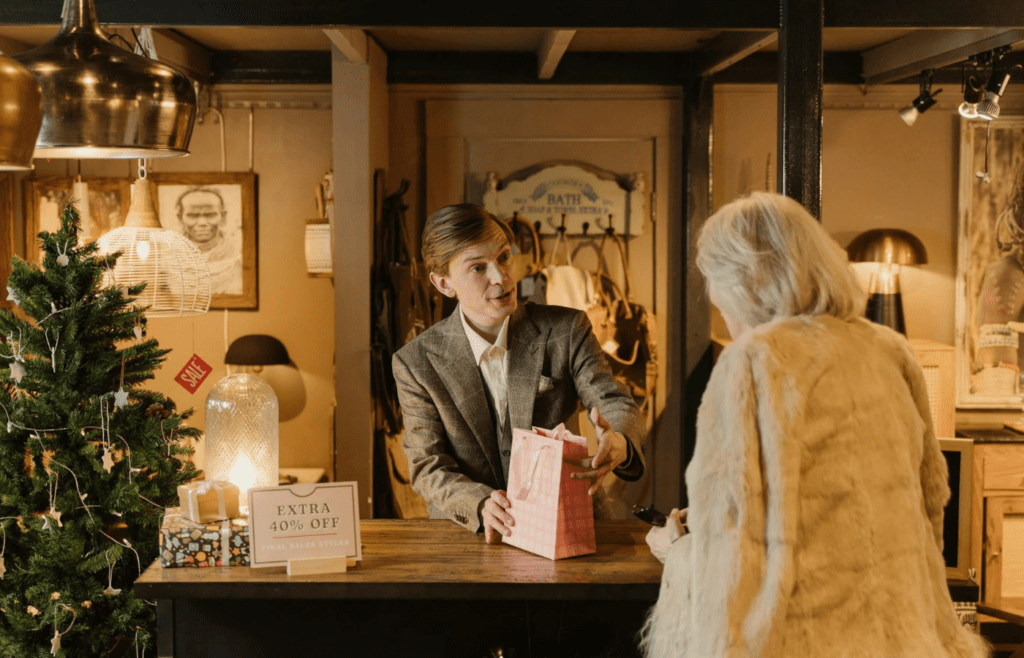
“Would you like the combo?” “For just $2 more.” These prompts are scripted to increase your total without you realizing it.
16. Premium Product Placement on End Caps
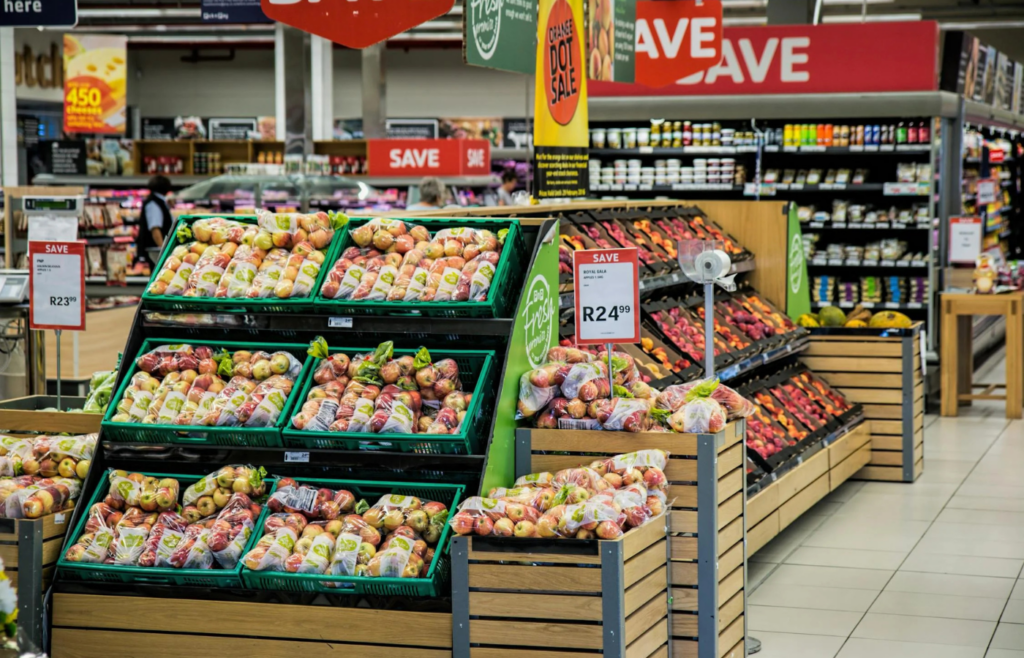
End caps are valuable real estate, and often feature full-priced, high-margin items, not necessarily deals. They grab your attention quickly, even if you weren’t shopping in that category.
17. Cross-Merchandising
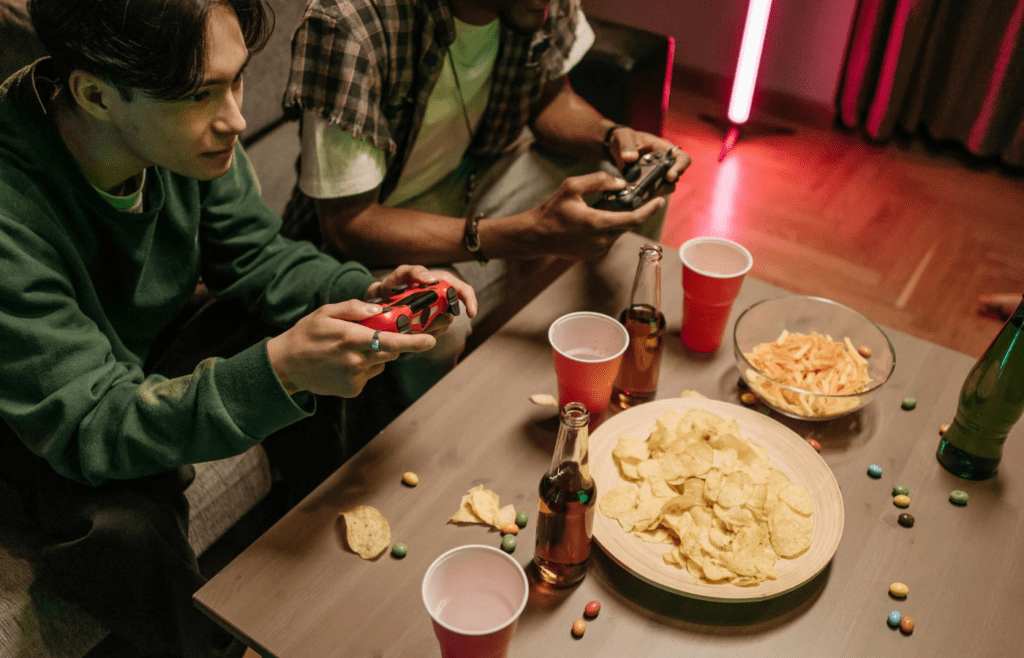
Bundling related products creates convenience and encourages bigger baskets. It subtly suggests what else you “need” to complete your purchase.
18. Overstimulating Clearance Areas
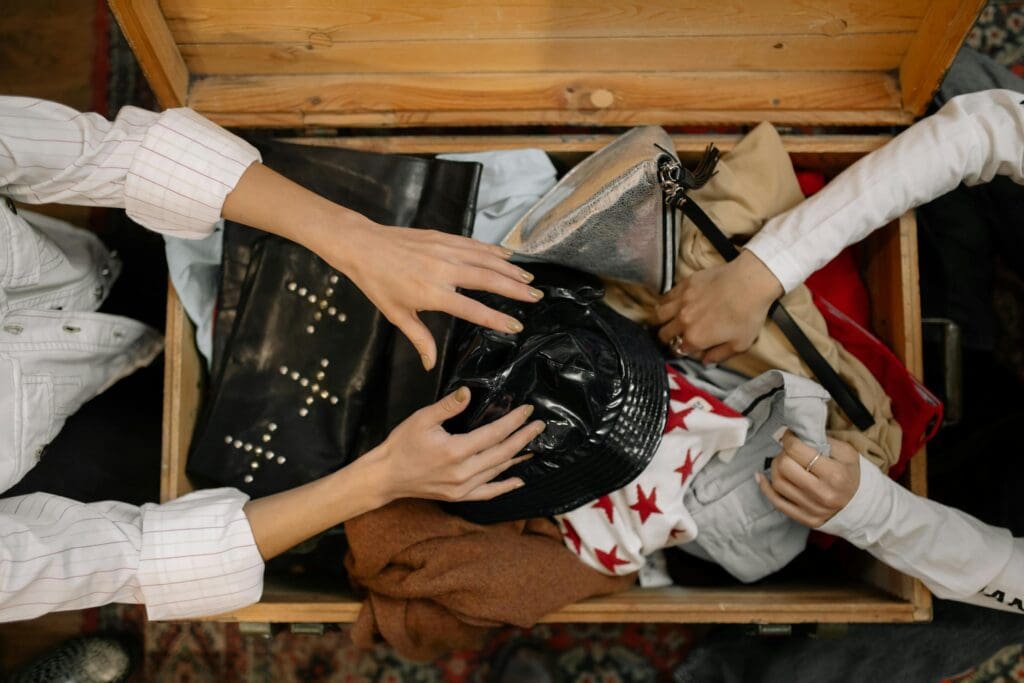
A chaotic display of “deals” makes you feel like you’ve found treasure, even if it’s stuff you don’t need. The messier it looks, the more your brain believes there’s a hidden gem to uncover.
Read More: 30 Nostalgic Stores We Miss
19. Monthly Subscription Pushes
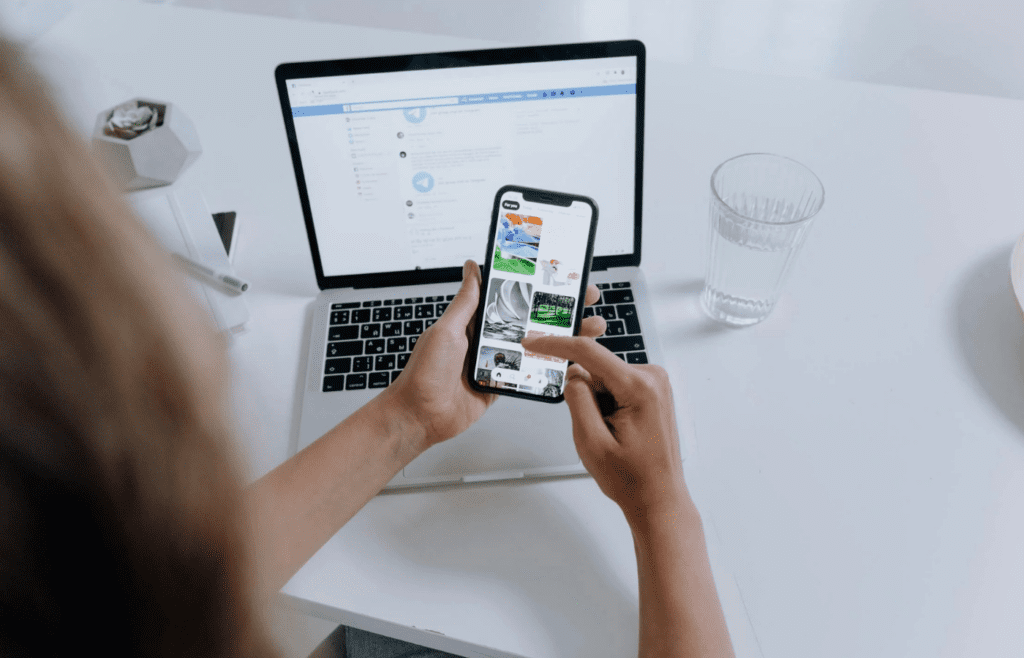
Stores pitch memberships that offer perks, but they count on you forgetting to cancel or not using the benefits enough. What sounds like savings can quietly drain your budget over time.
Read More: These Are the 15 Worst Deals at Dollar Stores
20. “Free Shipping Over $50”
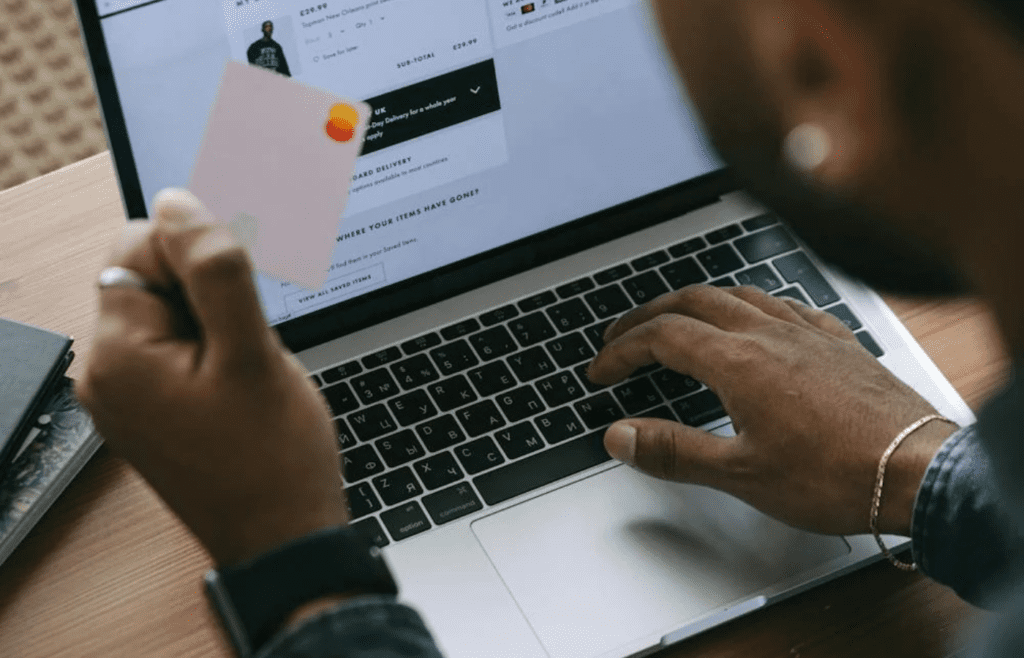
You might spend $12 extra to avoid a $5 fee. The store still wins—because you spent more overall.
Bottom line? Stores are built to sell. Awareness is your best defense. Stick to your list, pause before buying, and always ask: “Do I need this, or did the store convince me I do?”
Read More: 20 Beloved Retail Chains That Are Gone But Never Forgotten

